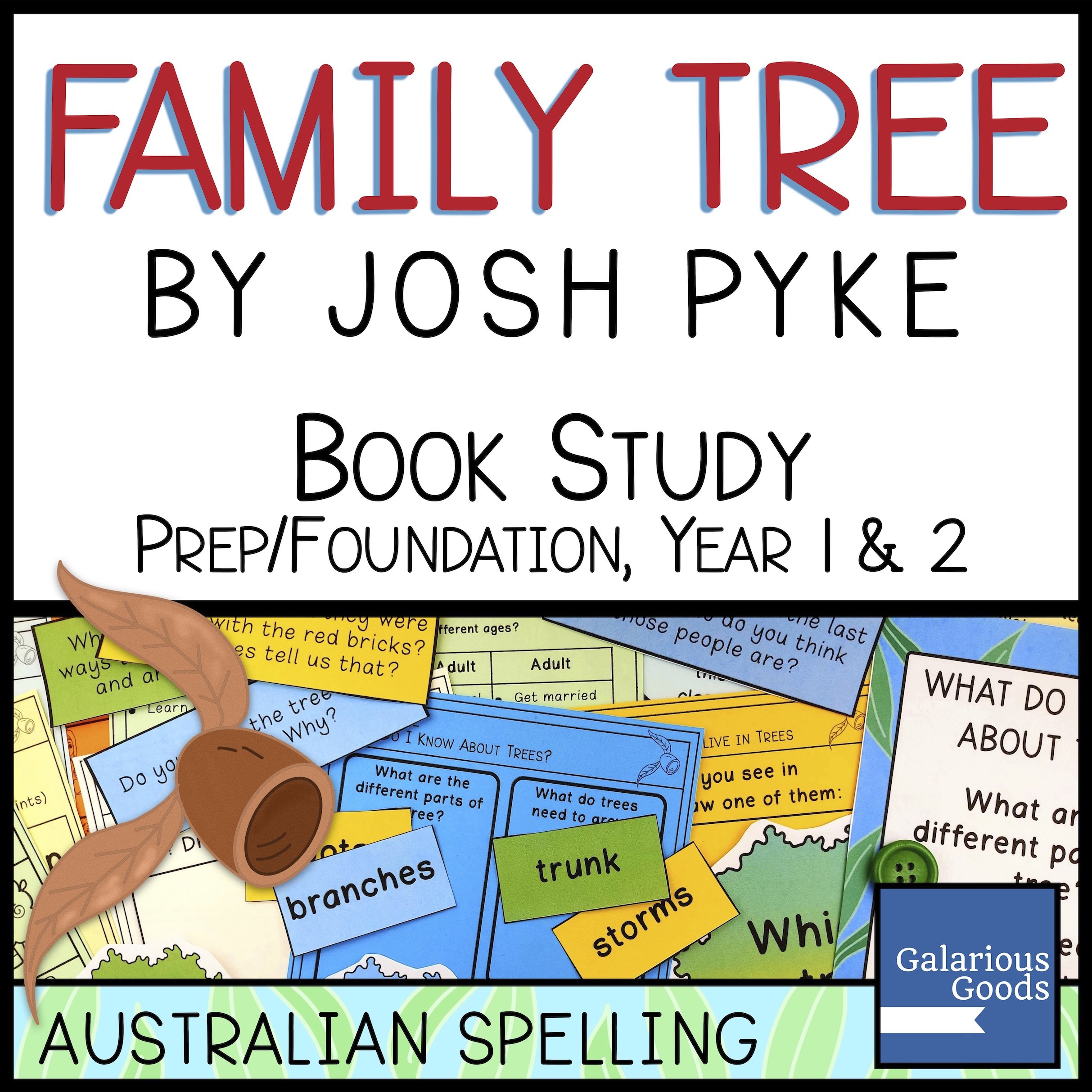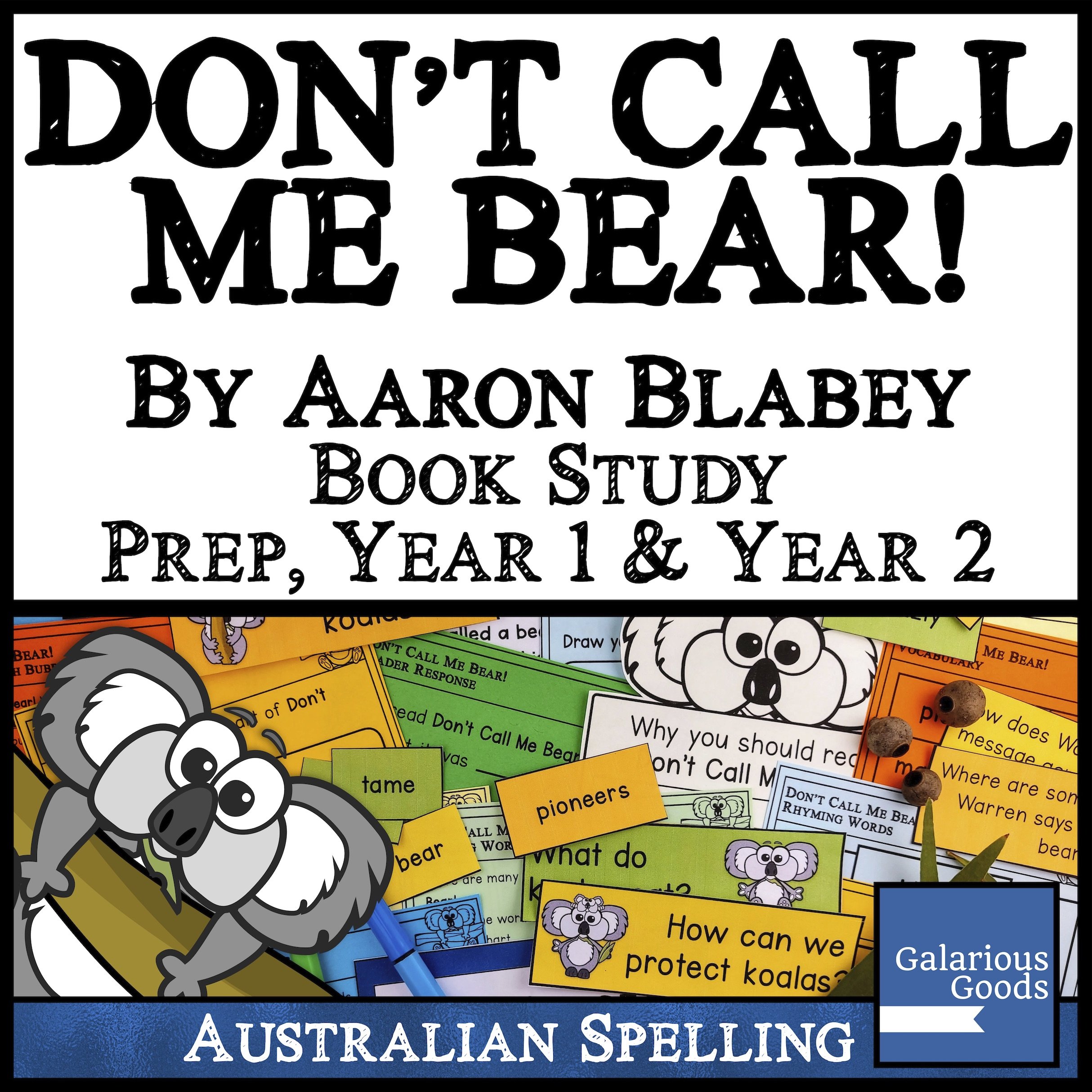Four Ways to Explore Family Tree in the Classroom
/Family Tree by Josh Pyke is a beautiful and lyrical look at growth, families and the role nature can play around our living environments. But how can we use it in our classrooms? Here’s four ways you can grow learning with this wonderful book with your students.
Take Family Tree Outside
Family Tree is a wonderful book to read aloud. One way to turn this into an experience is to take the book outside - especially to a place filled with trees. If you’ve got a tree-filled spot in your school or access to a local park, you can take your students there to experience the story.
Before or after reading the book, students can engage with the trees in a number of ways - from closing their eyes and reflecting on what they can hear when they sit under a tree to using observation to see what insects or birds are around the tree (or if you are particularly lucky, you may be able to find a koala).
If you have the time and can plan it with your administration, students might like to participate in a tree planting activity. Alternatively, students could plant seeds or seedlings in small pots and take them home.
Create Your Own Family Tree
We usually think of a family tree as a drawing or document which shows parents, grandparents and other family members. However, in the book, the family tree is shown as an actual tree, the family who live near it and the experiences and influences on the family.
Students can create this broader type of family tree by creating a diagram or drawing which shows the people, places, events and things which are important to them and to their growth. They might like to highlight big world wide or nation wide events which are part of their lives; smaller events which impact them or their families, places which are important to them or milestones as they are growing up, as well as the people in their family or around their family who are important to them.
Take a Closer Look at Trees
The tree is a major part of Family Tree from the seed it grows from through to being a mature tree perfect for animals and birds and small children who can climb into the sky. Trees are fabulous to explore with students because there’s so many different elements you can take a closer look at.
Students can investigate the different parts of a tree or the different types of trees which exist in their local environment. They can look at how trees grow and what makes the perfect environment for them. Students can investigate animals who use trees as their home or for food and look at what difficulties they face, or how trees benefit us.
This is a great opportunity for older students to start with a big topic - trees - and to develop their own questioning skills around this topic.
Examine Origin Stories
Family Tree shows us the origin story of the tree - as a seed growing into a small plant. Origin stories are common in fiction, telling us the backstory of how a character became the protagonist - or the antagonist. Understanding the origin story of a character, and the way it influences further growth of the character, allows students to gain a deeper understanding of the character and the story itself.
Students can examine and compare the origin story of the tree and the girl in Family Tree, but they can also compare these origin stories with origin stories in other books. They can brainstorm different origin stories they know from books, television or movies and find the similarities and differences between them. They can also pose questions about well known books - why did the Green Sheep need to sleep? Why is Pig the Pug the way he is? - and write their own origin stories.
















